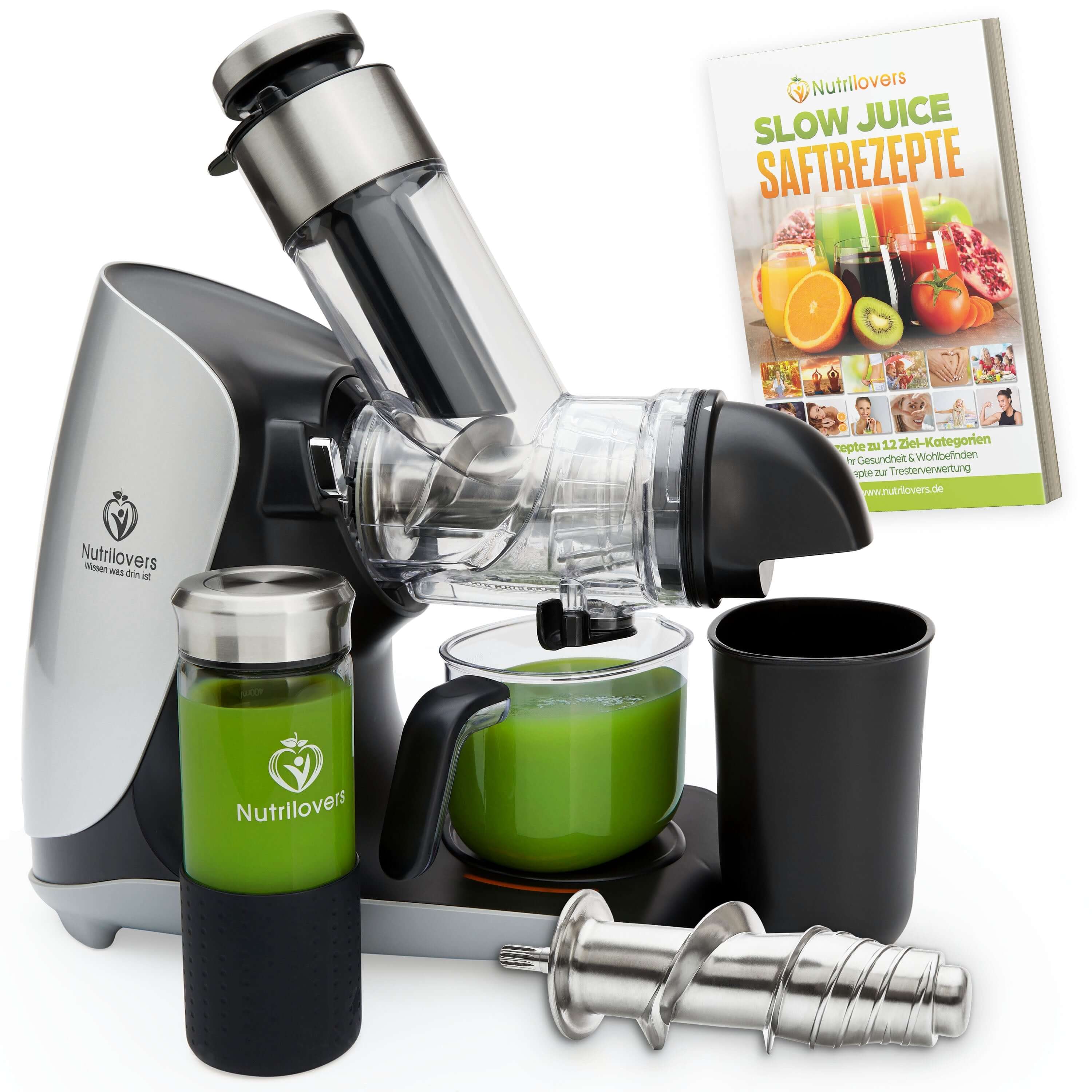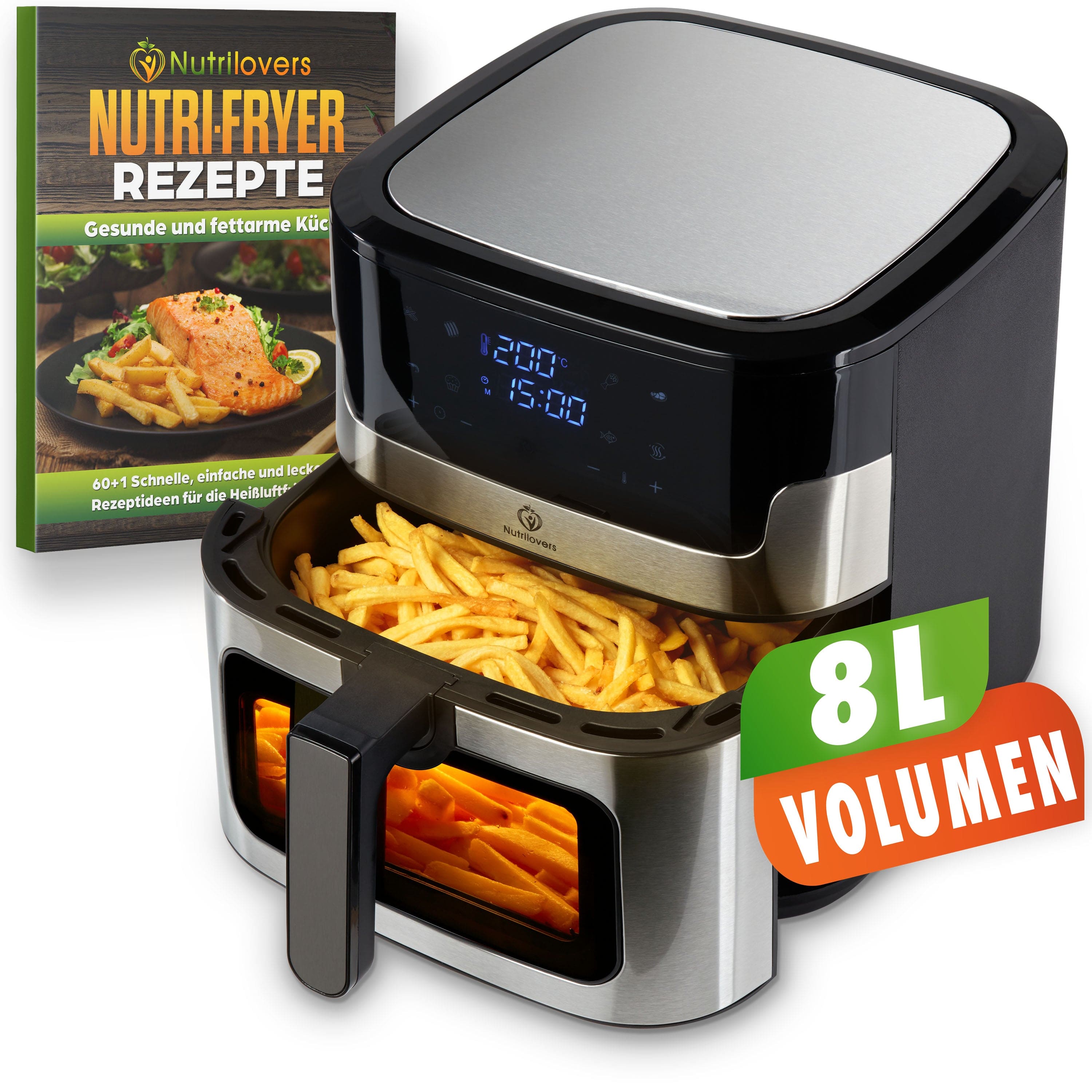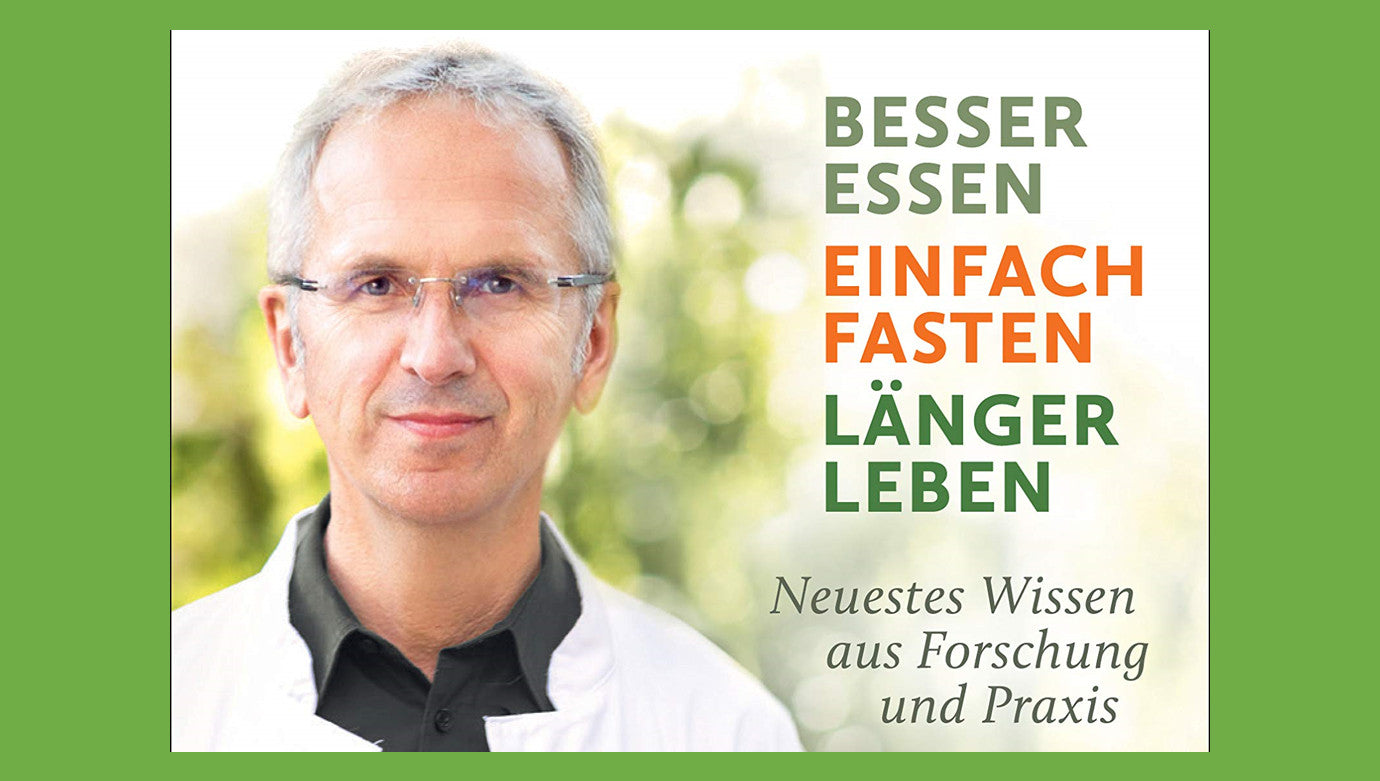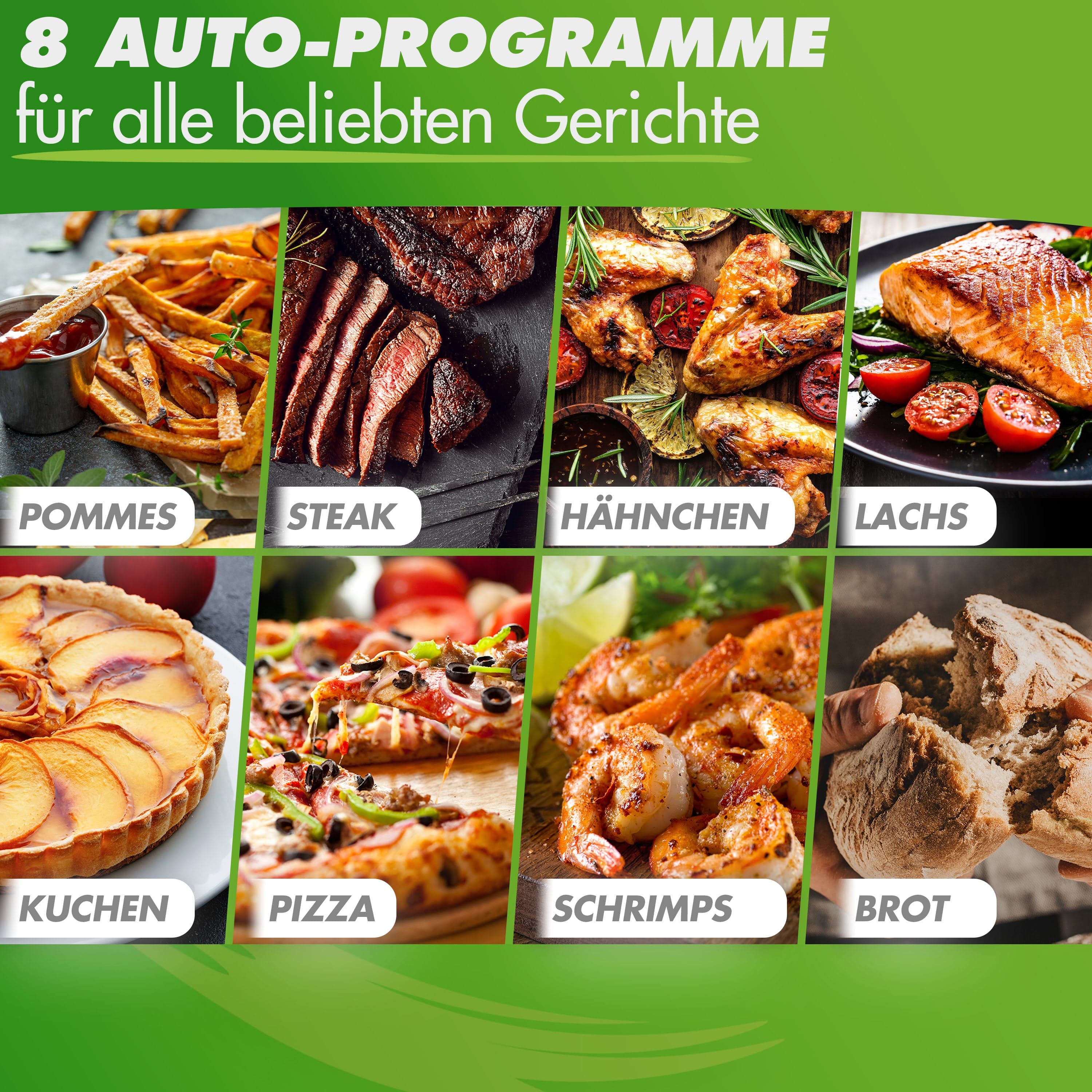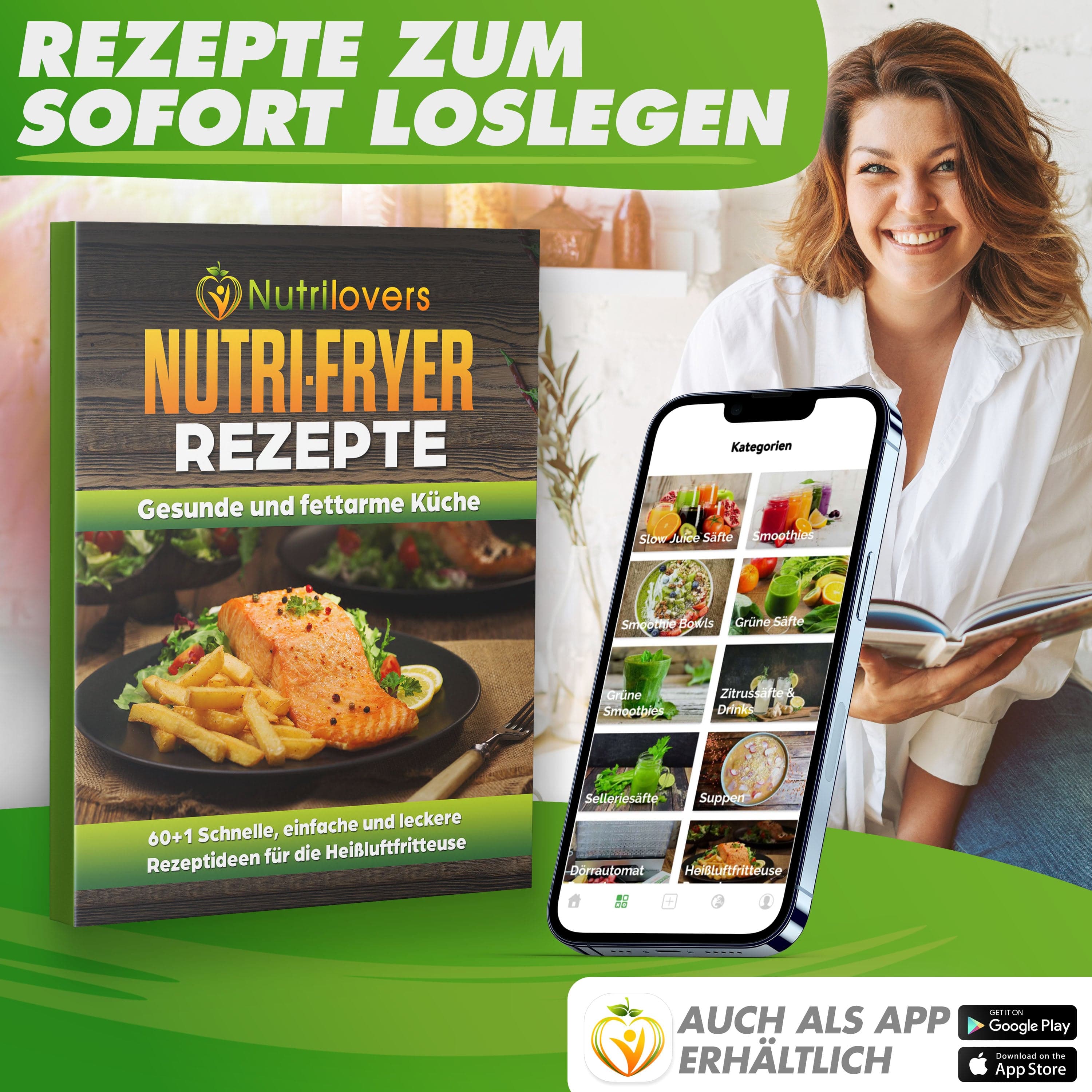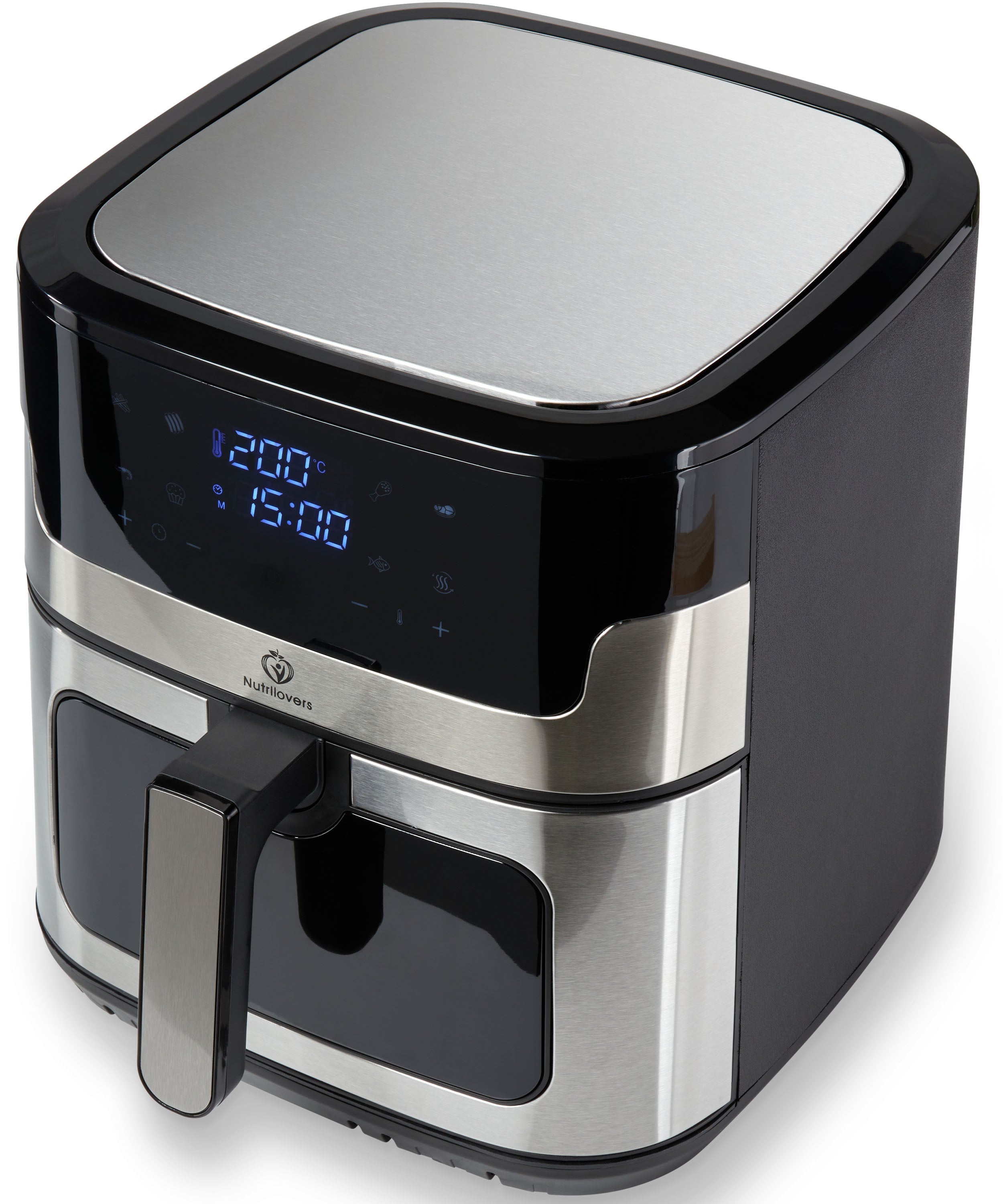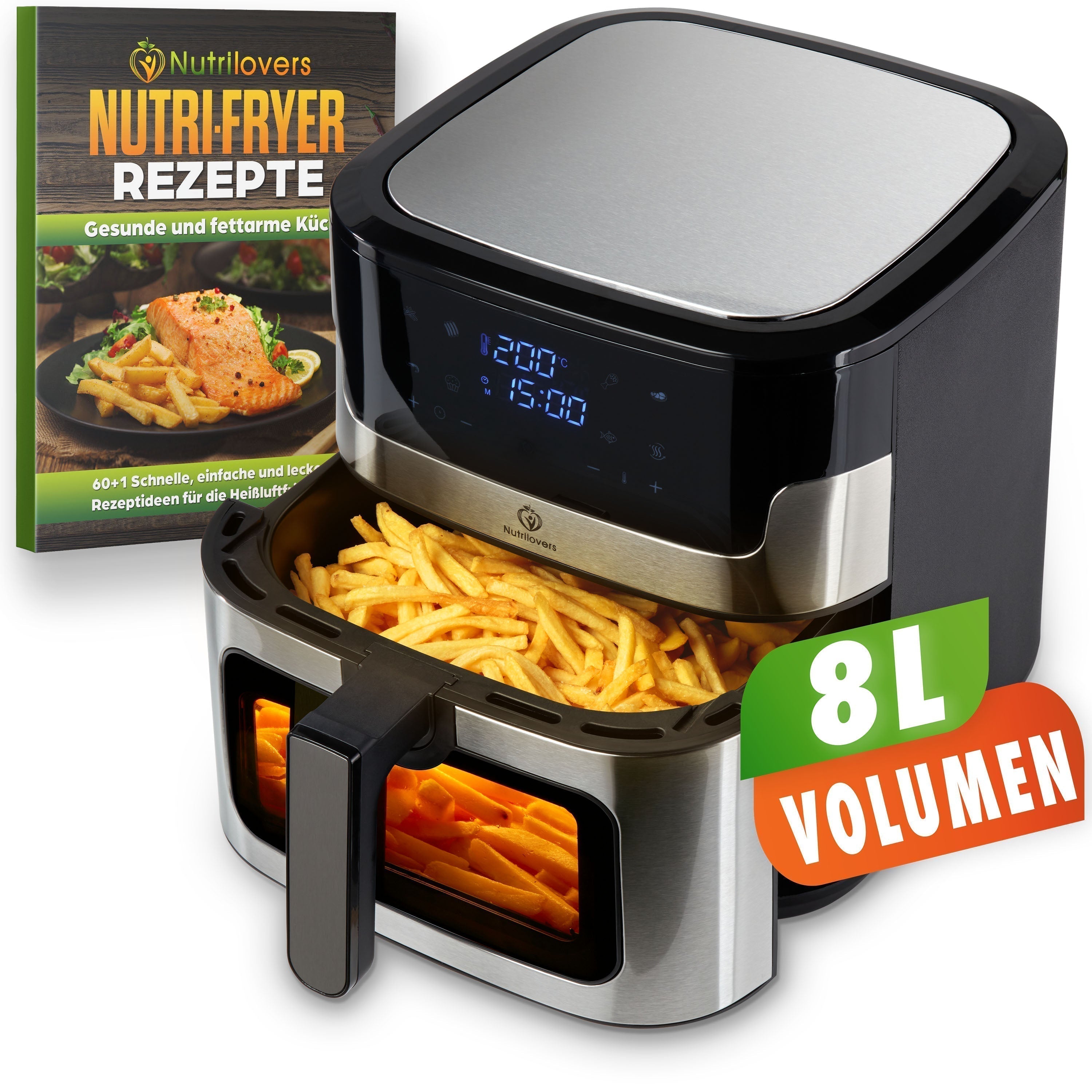In our monthly 'Book of the Month' section, we present you a recommended book on the topic of healthy eating.
We've summarized the content for you to give you a quick overview. If this summary appeals to you, we recommend you explore the entire book.
Healing with nutrition: Eat better – fast simply – live longer. The latest findings from research and practice
by Friedrich-Karl Sandmann (editor), Prof. Dr. Andreas Michalsen (author), Dr. Suzann Kirschner-Brouns (contributors)
Because you are what you eat
It seems a bit as if we've lost touch with our bodies and, unfortunately, a healthy relationship with food. Our affluent society prioritizes pleasure and ready availability over health-promoting components. Since these aren't found in industrially produced junk food anyway, the rule is: it has to taste good and be quick. The food industry responds to this desire with sugar, flavor enhancers, and the like. The human body, in turn, reacts with obesity and disease.
Let us finally free ourselves from this vicious circle and allow our food intake to finally be what it truly can be: a remedy and energy supplier from nature.
Eat simply, fast better, live longer
While many people are still desperately counting calories, shying away from carbohydrates, and fearing fat, others are trusting the latest findings of nutritional science. Even if it may sound surprising: Forget the Paleo, Atkins, or low-fat diets and simply focus on the essentials. Less is more, especially when it comes to food. Here you'll learn how to fast easily and sensibly, which foods are actually considered healthy, and why that's the case. As a striking example, we've examined the lifestyles of people living in so-called "Blue Zones," areas where people collectively live significantly longer than elsewhere.
Blue Zones - learning from centenarians
It has been discovered with great astonishment that there are regions on this earth where centenarians are not uncommon. What is the secret of this longevity? Quite simple: social skills, physical activity, and a simple diet. The most well-known Blue Zones to date are found in Japan, Greece, and Italy, each on islands. Okinawa is the Japanese archipelago of the long-lived, while Crete, Ikaria, and Sardinia are in southern Europe. What unites them is less fish consumption than regionally grown plant-based foods. While in Japan, miso soup, sweet potatoes, and vegetables are the focus, in southern Europe it is wild vegetables, pulses, and olives.
Pure nature instead of the food industry
The most important factor for the digestibility of food is its naturalness. Industrialized processes destroy the structure of the raw materials, even though nature has already created them perfectly. But the economy pursues entirely different goals. Durable and intense flavor is the motto of junk food, which is ensured by artificial preservatives, sugar, salt, flavor enhancers, etc. In contrast, there is the natural composition of ingredients "Made in Nature," which even indicate their health benefits through color and name. But let's first examine those components about which we have been told so many myths and clarify the facts.
From fats, carbohydrates and proteins
For a long time, it was said that you had to avoid fat to lose weight. Later, the weight-loss lobby focused on encouraging their clients to avoid carbohydrates altogether. Fitness gurus recommended protein shakes to build the desired muscle mass. The number of diets that emerged over the years, when junk food made people fat and sick, continues to rise. In this case, economic growth begins at the expense of health. Fortunately, we know better today.
Healthy fats versus ticking time bombs
We now know that there are healthy fats, also known as unsaturated fatty acids . We find them primarily in oils and nuts. The key factor here is the ratio of unsaturated fatty acids, such as omega-3 and omega-6, to each other and to other ingredients. Olive oil and hemp oil, among others, have been recognized as extremely beneficial to health. These are cold-pressed and gently pressed, making them particularly digestible. However, saturated fatty acids, such as those found in animal fats or palm oil, are extremely harmful to the human body, especially when consumed over long periods of time.
Not all carbohydrates are the same
Carbohydrates, too, were long suspected of making you fat. But here, too, it's important to distinguish "good" from "bad." In principle, this isn't difficult, as the rule of thumb is: When a lot of processing interferes with the natural structure, "empty" (bad) carbohydrates are created, like those found in white pasta, white sugar, or white rice. In contrast, natural and therefore "good" carbohydrates also contain valuable fiber , which we need for our microbiome, i.e., our intact intestinal flora. We find it in legumes, whole grain products, carrots, apples, and the like. A healthy intestinal flora also protects against autoimmune and metabolic diseases.
Protein is essential - preferably plant-based rather than animal-based
Proteins are vital. They contain essential amino acids, which are responsible for the construction and regeneration of our cells. However, if we consume too much protein, especially the wrong kind (animal protein), our cells can no longer break it down. This can lead to various metabolic, cardiovascular, or cancerous diseases. Aging research has also found that animal protein causes existing cancer cells to grow and healthy cells to age faster. Where can you find healthy proteins? In legumes, spinach, kale, nuts, and seeds.
What's the deal with superfoods
They may seem like a new invention of organic marketing, but superfoods are, firstly, actually healthier than many other things, and secondly, they are not only found in exotic countries. We also have countless plants here that have "superfood characteristics." So what makes them different from other foods? The answer: secondary plant substances . They have antioxidant effects and neutralize free radicals, which accumulate on our cells as waste products. They also strengthen cellular resistance, have an anti-inflammatory effect, and mobilize our body's own self-healing powers. They keep blood pressure and cholesterol levels in check and are color-coded by nature. As a rule of thumb, the darker the color, the better. Local superfoods include: red onions, garlic, tomatoes, broccoli, beetroot, linseed, walnuts, nettles, and berries. Dark berries, such as blackberries and blueberries, are considered extremely healthy.
Fasting as a remedy
Many people only associate fasting with weight loss, but the conscious deprivation of food is like a real cure for our body. This applies to both therapeutic fasting , which is maintained over several days, and intermittent fasting , which many people have already made part of their daily routine. If you completely abstain from solid food, as in therapeutic fasting, the body is supplied with the necessary nutrients through liquids (soups, teas, juices). After at least five days without solid food, you will experience the first bite as a real explosion of taste and automatically become more conscious of what you consume. With intermittent fasting, you do not eat for a period of at least 16 hours, which triggers your body's cellular self-healing processes through "autophagy." Old, damaged cell components are broken down, repaired, or replaced through self-eating.
Conclusion - heal with nutrition, simply fast
In his book "Heal with Nutrition: Eat Better – Fast Simply – Live Longer," Prof. Dr. Andreas Michalsen demonstrates how much our health depends on what we eat. We learn how much our health benefits when we fast. So treat yourself to the treasures of nature and avoid processed foods, even if they are cheaper. Healthy eating starts like this:
-
Eat lots of green vegetables and legumes
-
Eat healthy fats (e.g. nuts) and oils (olive oil)
-
Buy only seasonal and regional organic fruit
-
Good carbohydrates are not white (choose whole grain products for bread, pasta, etc.)
-
Avoid meat, fish and eggs as much as possible
-
Avoid dairy products, especially those produced industrially
-
Stop snacking constantly and try intermittent fasting
You can find further tips and wise advice for healthy eating in the book “Heal with Nutrition: Eat Better – Fast Simply – Live Longer” by Prof. Dr. Andreas Michalsen.
You can order it here on Amazon.
It is also available as an audiobook and audio CD .


